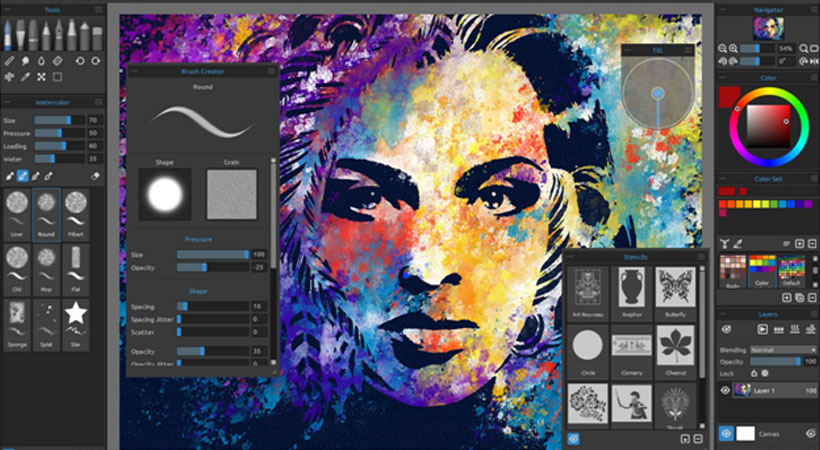What kind of art has acquired the omnipresent status in our lives now, something we see everywhere, on our phones, TV screens, billboards, buildings, and product packages? Digital art. Art is now accessible and available every which way we look, in a simplified form. Sure, visiting art galleries do present a sophisticated or authentic feel, but digital art has evolved to cater to a generation that is spontaneous and venturesome. So we’ve put together five interesting facts about this fascinating form of art.
First Digital Art
In 1967, Americans Kenneth Knowlton and Leon Harmon created one of the first real digital artworks in history. They named the artwork ‘computer nude’. They had captured a nude woman’s shot and turned it into a picture consisting of computer pixels.
How did the term digital art come into use?
In the early 1980s, computer engineers devised a paint program used by the pioneering digital artist Harold Cohen which then became known as AARON, a robotic machine designed to make large drawings on sheets of paper placed on the floor. And through programs like these, the term ‘digital art’ was popularized.
A pioneer digital artist
In 1968, Vera Molnar, from Budapest, Hungary, invented the process called “Machine Imaginaire.” She transformed different geometric shapes, such as a triangle or rectangle, by rotating and deforming, erasing parts, or merging them with other geometric shapes, which paved the way for more complex digital art from the simple paint programs.
First interactive digital videogame
Videogames wouldn’t exist today if it wasn’t for digital art. Spacewar was the first interactive digital videogame ever created. In 1961, Steve Russell, a student at the Massachusetts Institute of Technology (MIT), programmed the first interactive computer game and It runs on a Digital PDP-1 mainframe computer, and the graphics are made up of ASCII text characters.
First digital art museum In 2018, a collective of great Japanese artists including architects, engineers, visual artists, musicians, animators, mathematicians created the first digital art museum, teamLab Borderless, Mori building. Here visitors interact with art, transcending all the boundaries, and live 3 to 4 hours in a digital world. This installation was a milestone moment for the field of digital art.



















